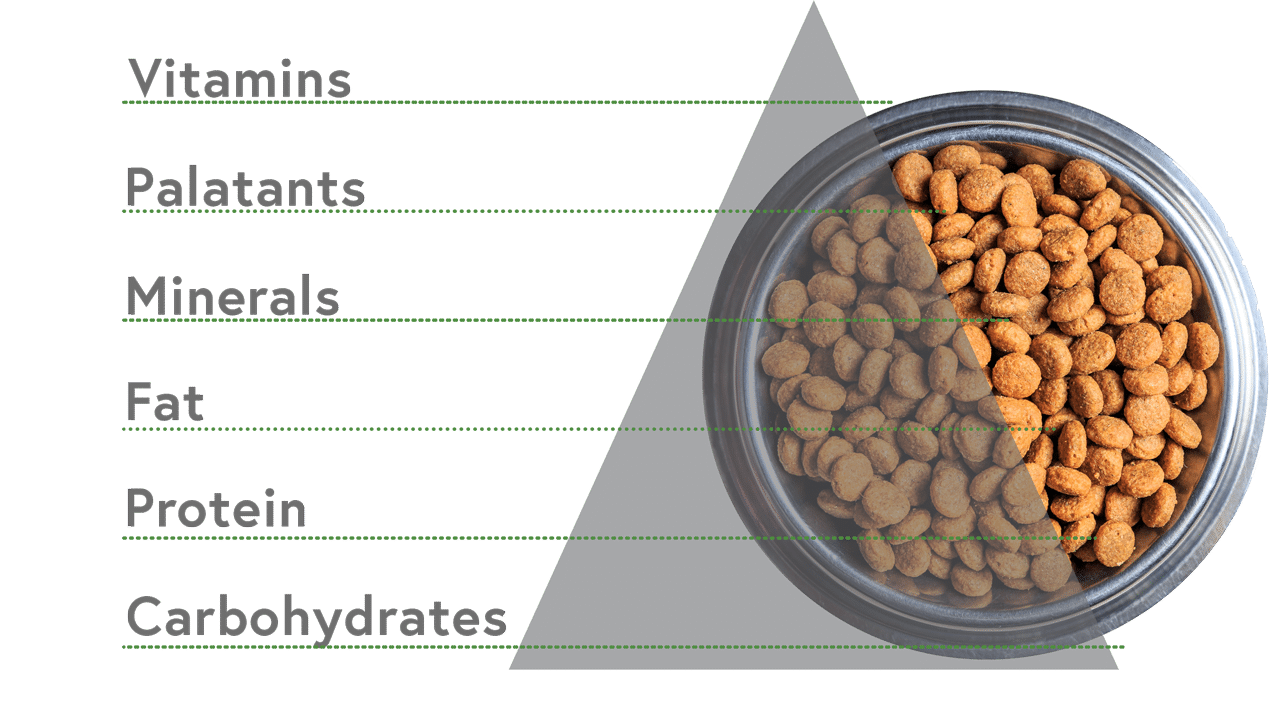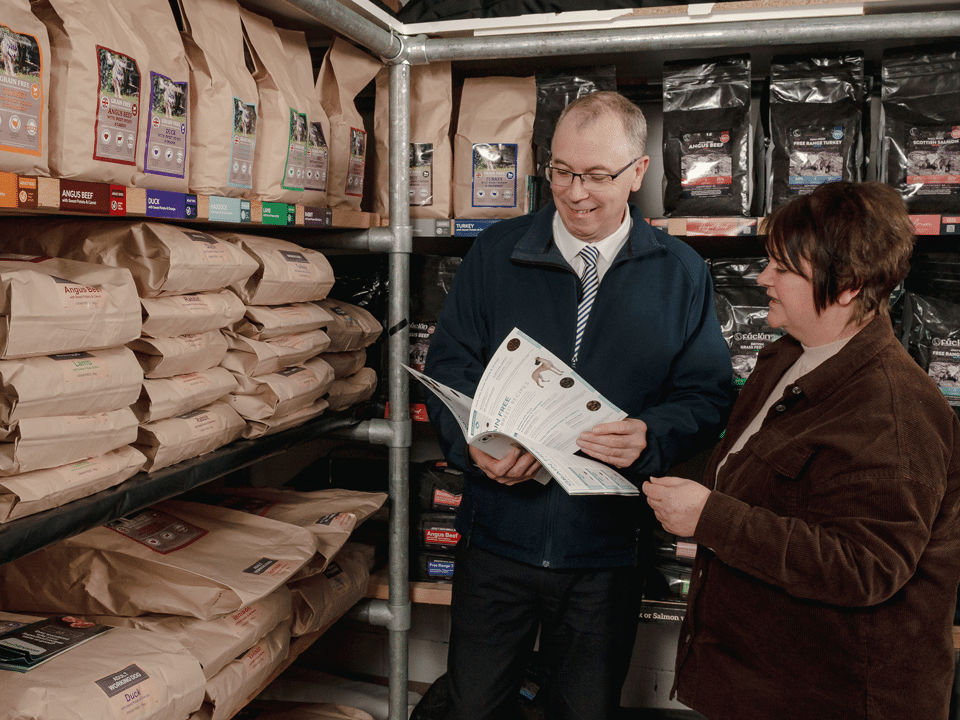
Many of us encountered the food pyramid at school; however, we seldom consider what a similar nutritional guide for dogs might entail. You may have heard the term “complete and balanced” dog food, but what does this actually mean, and how can you determine which dog food is genuinely “good”?
Complete and Balanced Dog Food
A “complete and balanced” dog food provides your pet with the appropriate amounts of every essential nutrient in each meal. Such a formulation is designed to be fed as a dog’s sole diet, making it vital to seek out products that bear this designation.
It is important to note that each dog’s dietary requirements are unique, varying according to life stage and breed. For example, a senior dog has different nutritional needs compared to a puppy, and a Great Dane will require a different nutrient profile from that of a Pug. To ensure that a dog maintains a healthy diet, there are six crucial nutrients that should be included:
Vitamins
Vitamins play a vital role in a wide range of bodily functions, including bone development, eye function, cell maintenance, and the release of energy from nutrients.
Palatants
Palatants are essential for enhancing the flavour of the food, ensuring that it is appealing to your dog. Unlike other nutrients, their primary function is to improve taste.
Minerals
Minerals are indispensable for maintaining healthy bones and supporting muscle, cellular, and nerve functions.
Fat
Fat is an excellent energy source and improves the absorption of fat-soluble vitamins and essential fatty acids, such as Omega-3 and Omega-6. These nutrients are critical for maintaining a healthy skin and coat, promoting immune function, and supporting the development of healthy joints, as well as brain and vision.
Protein
Protein and amino acids serve as the building blocks of your dog’s body, essential for forming new skin cells, promoting hair growth, and developing muscle tissue. Additionally, protein functions as enzymes, hormones, and antibodies.
Carbohydrates
Carbohydrates provide an efficient source of glucose for energy, generate heat, and can be stored as glycogen. They also play a key role in managing a dog’s weight.
Choosing the Right Dog Food
Selecting high-quality dog food can be challenging given the multitude of brands and their various claims. Every brand asserts that theirs is “the best.” The most prudent approach is to conduct thorough research, ask the right questions, and, if possible, visit your local pet shop. Local pet shops often offer expert advice, extensive experience, and a wide selection to help you make an informed decision.

Charlotte Stainer
GA Pet Food Partners Junior Pet Nutritionist
You may also like...
Article written by Charlotte Stainer
Planning a marketing campaign for your pet shop
With the number of avenues people can shop for their pets increasing, pet shops must find effective ways to increase brand awareness, retain customers, and [...]





